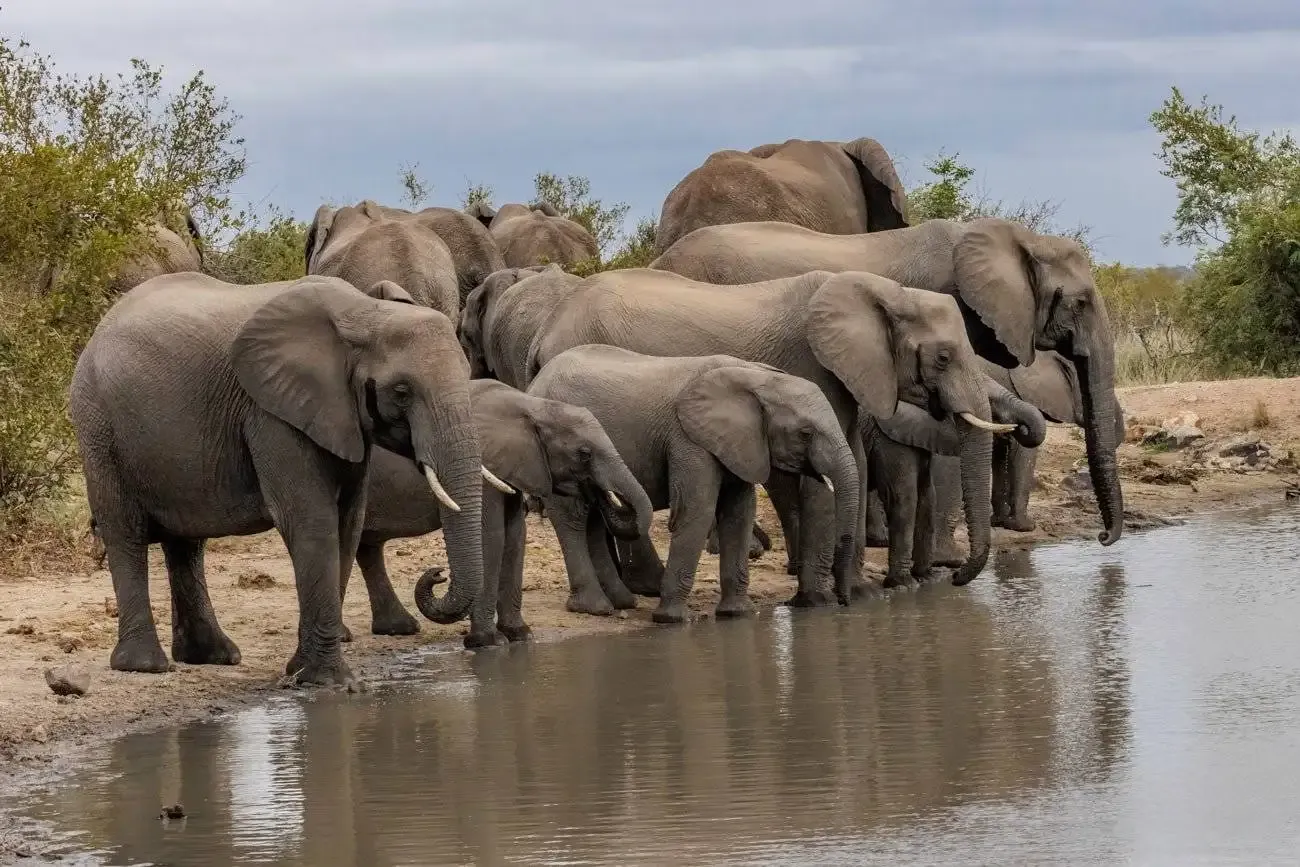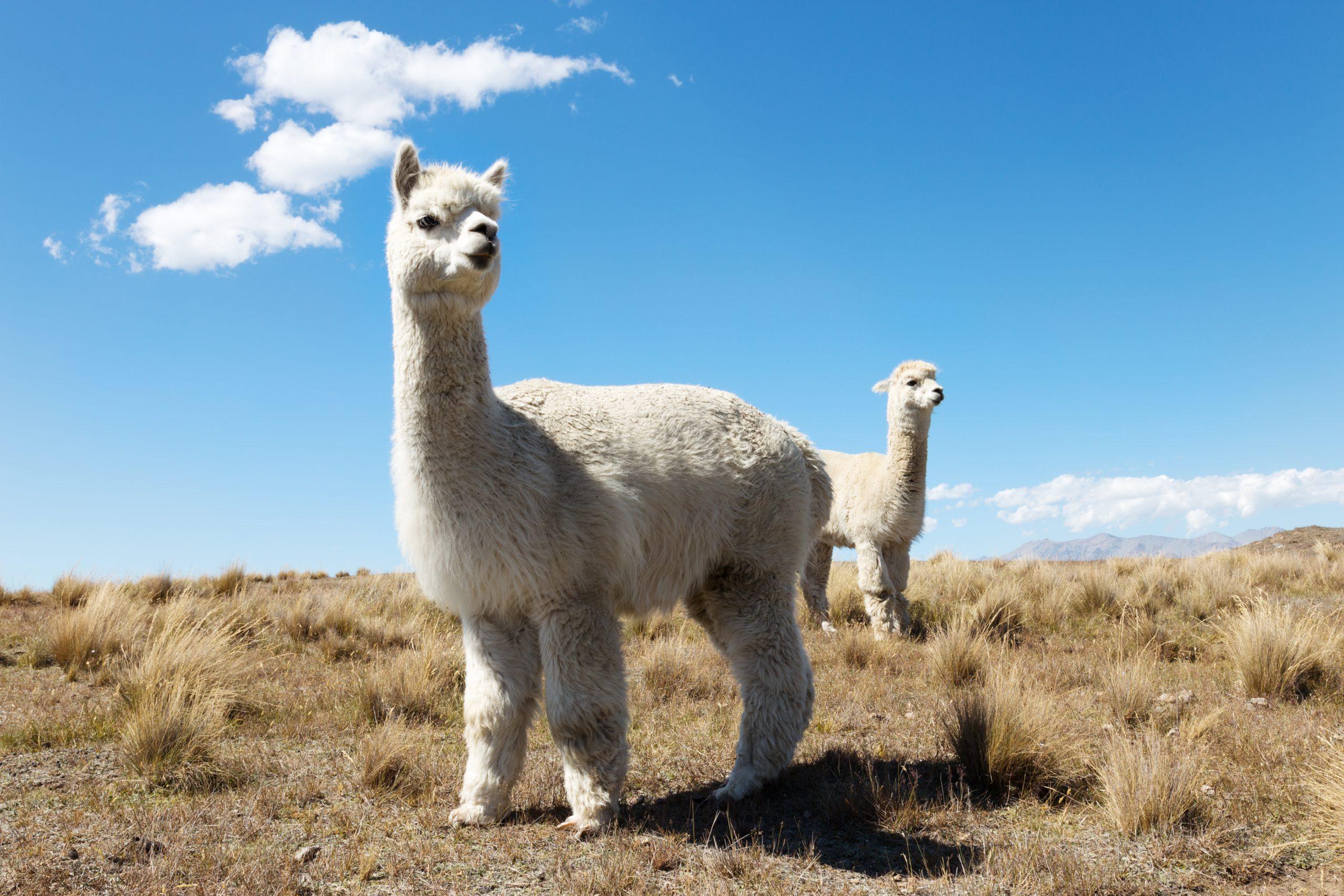
Hey there, animal enthusiasts! Ready to learn about mammals that start with the letter A?
These incredible creatures have some amazing superpowers that set them apart from other animals. Unlike reptiles or birds, mammals have special traits that make them unique.
They’re warm-blooded, which means they can survive in almost any environment on our planet.
Mammals have soft, protective hair or fur that keeps them comfortable in different temperatures. Mothers produce milk to feed their babies, creating a strong bond that helps young animals grow.
From mountain peaks to ocean depths, check out these A-list mammals that have adapted in truly remarkable ways.
Commonly Known Mammals that Start with The Letter “A”
1. Aardvark
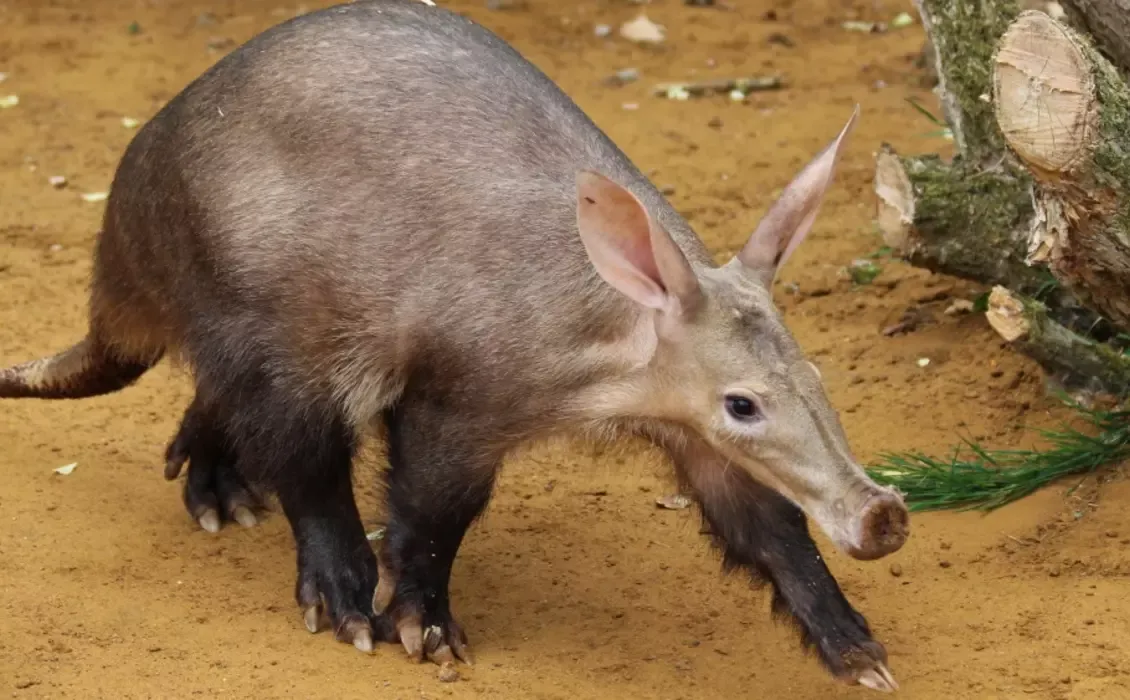
Aardvarks are nocturnal mammals native to Africa, known for their long snouts and strong claws, which they use to dig burrows and search for ants and termites.
-
Region of Habitat: Sub-Saharan Africa
-
Scientific Name: Orycteropus afer
-
Feeding Habits: Primarily eats ants and termites using a long, sticky tongue
-
What Sound They Make: Soft grunts and snuffles while foraging
Fun Facts
Despite their pig-like appearance, aardvarks are more closely related to elephants. Their thick skin helps protect them from insect bites while feeding.
2. Aardwolf
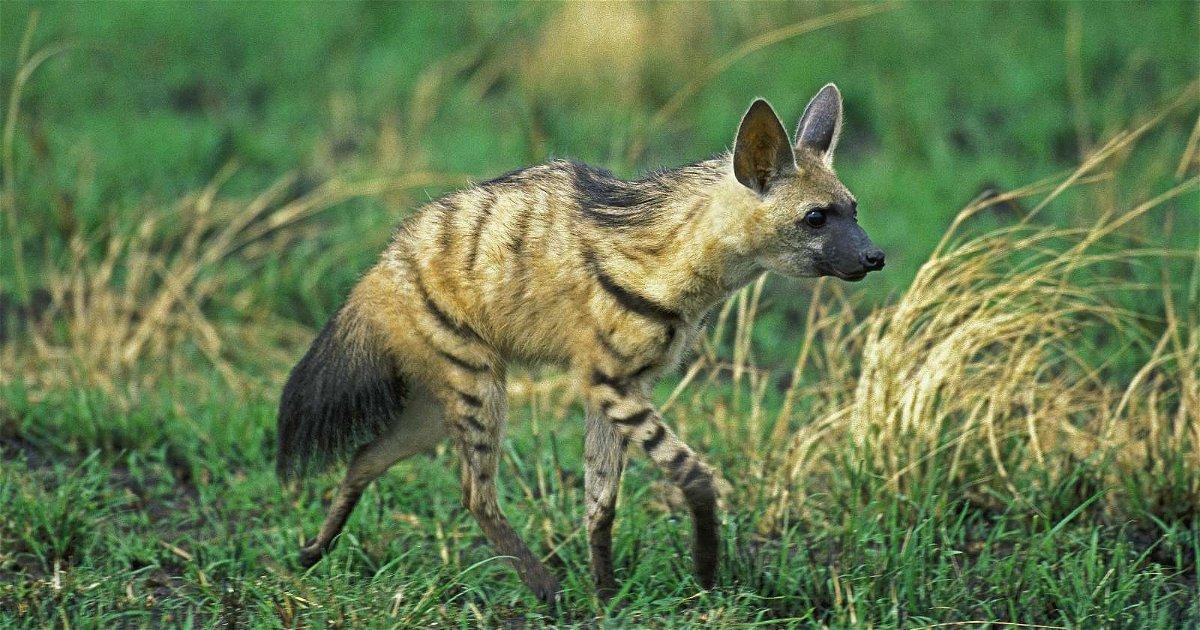
Aardwolves resemble small hyenas and are primarily nocturnal, feeding almost exclusively on termites, which they lap up with their specialized tongues.
-
Region of Habitat: Eastern and Southern Africa
-
Scientific Name: Proteles cristata
-
Feeding Habits: Feeds mainly on termites, consuming thousands in one night
-
What Sound They Make: Growls and yips when threatened
Fun Facts
Aardwolves have a low metabolic rate and can survive on just termites, needing no additional water. Unlike hyenas, they are not scavengers and rarely hunt other animals.
3. African Bush Elephant
The largest land animal on Earth, the African bush elephant is recognized for its massive ears and long tusks, which help them forage and defend against predators.
-
Region of Habitat: Sub-Saharan Africa, grasslands, and forests
-
Scientific Name: Loxodonta africana
-
Feeding Habits: Herbivorous, feeding on grass, leaves, bark, and fruit
-
What Sound They Make: Deep rumbles, trumpets, and low-frequency calls
Fun Facts
Elephants communicate over long distances using infrasonic sounds that humans can’t hear. Their trunks contain over 40,000 muscles, giving them incredible strength.
4. African Wild Dog
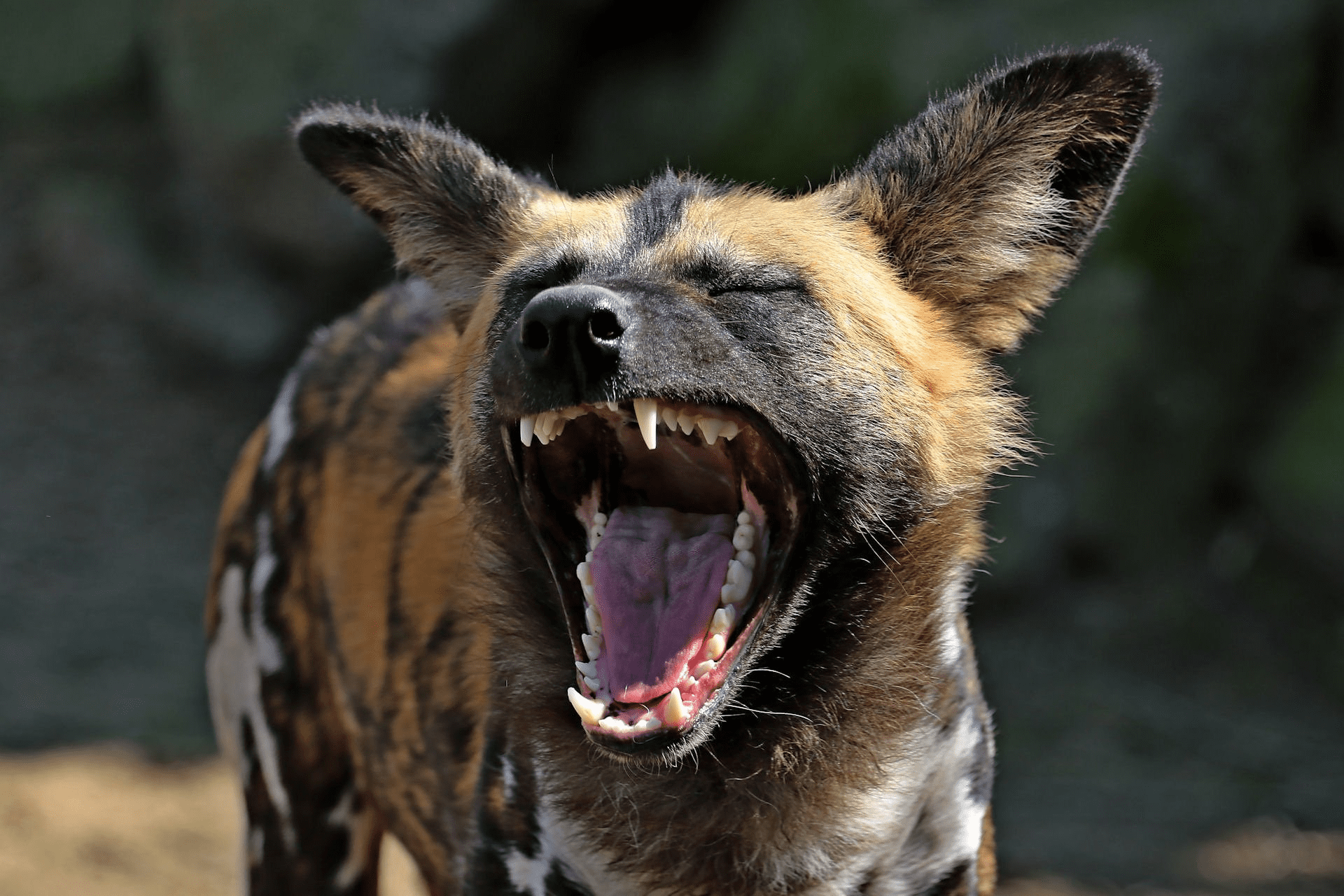
African wild dogs are social predators that live in packs. They use coordinated hunting strategies to catch prey and often cover large distances.
-
Region of Habitat: Grasslands and open woodlands of Africa
-
Scientific Name: Lycaon pictus
-
Feeding Habits: Carnivorous, hunting antelopes and small mammals
-
What Sound They Make: High-pitched chirps and whines
Fun Facts
Each African wild dog has a unique coat pattern, making individuals easy to distinguish. They have an 80% hunting success rate, higher than most big cats.
5. Alpaca
Alpacas are domesticated mammals from South America, prized for their soft fleece, which is warmer and lighter than sheep’s wool.
-
Region of Habitat: Andean highlands of Peru, Bolivia, and Chile
-
Scientific Name: Vicugna pacos
-
Feeding Habits: Herbivorous, grazing on grass and hay
-
What Sound They Make: Hums, clicks, and occasional screeches
Fun Facts
Alpacas spit when annoyed or feeling threatened. Their fleece comes in over 22 natural colors, making them highly valued for textiles.
6. Anteater
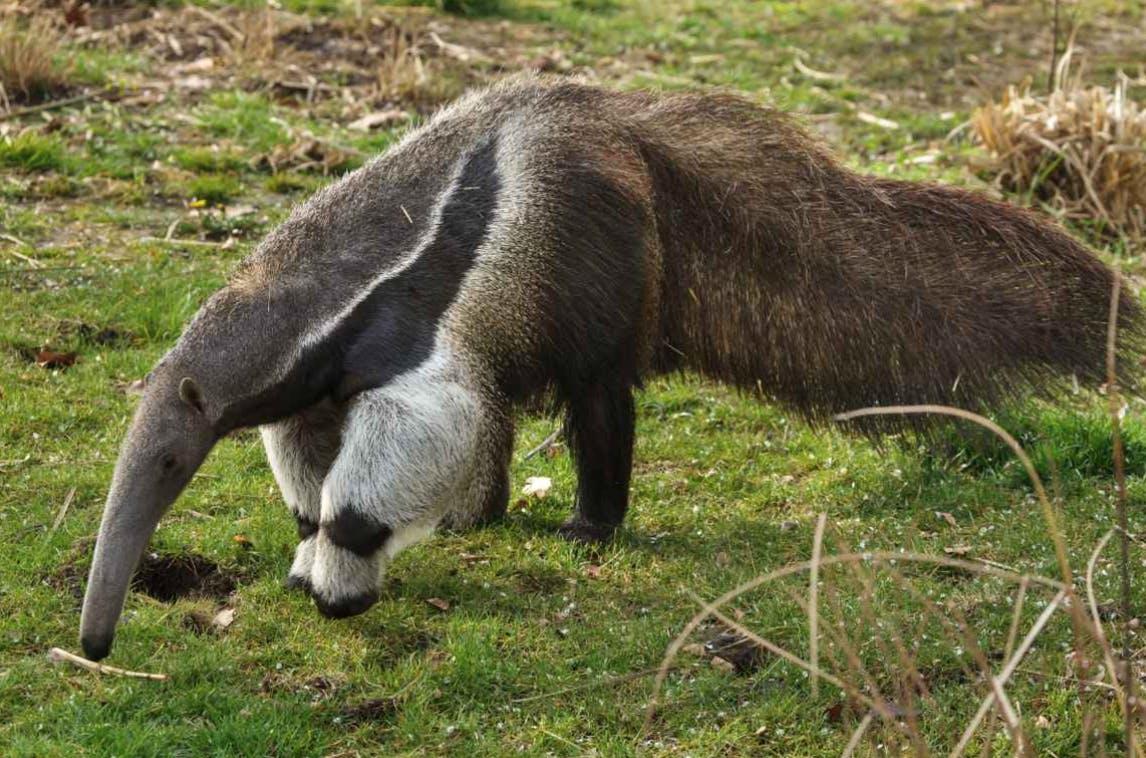
Anteaters are specialized insectivores with long snouts and sticky tongues that can extend up to two feet to extract ants and termites.
-
Region of Habitat: Central and South America
-
Scientific Name: Vermilingua (suborder)
-
Feeding Habits: Primarily feeds on ants and termites
-
What Sound They Make: Mostly silent, but can hiss or growl when agitated
Fun Facts
Anteaters consume up to 35,000 ants in a single day. Despite having no teeth, their strong tongues and digestive systems efficiently break down their food.
7. Antelope
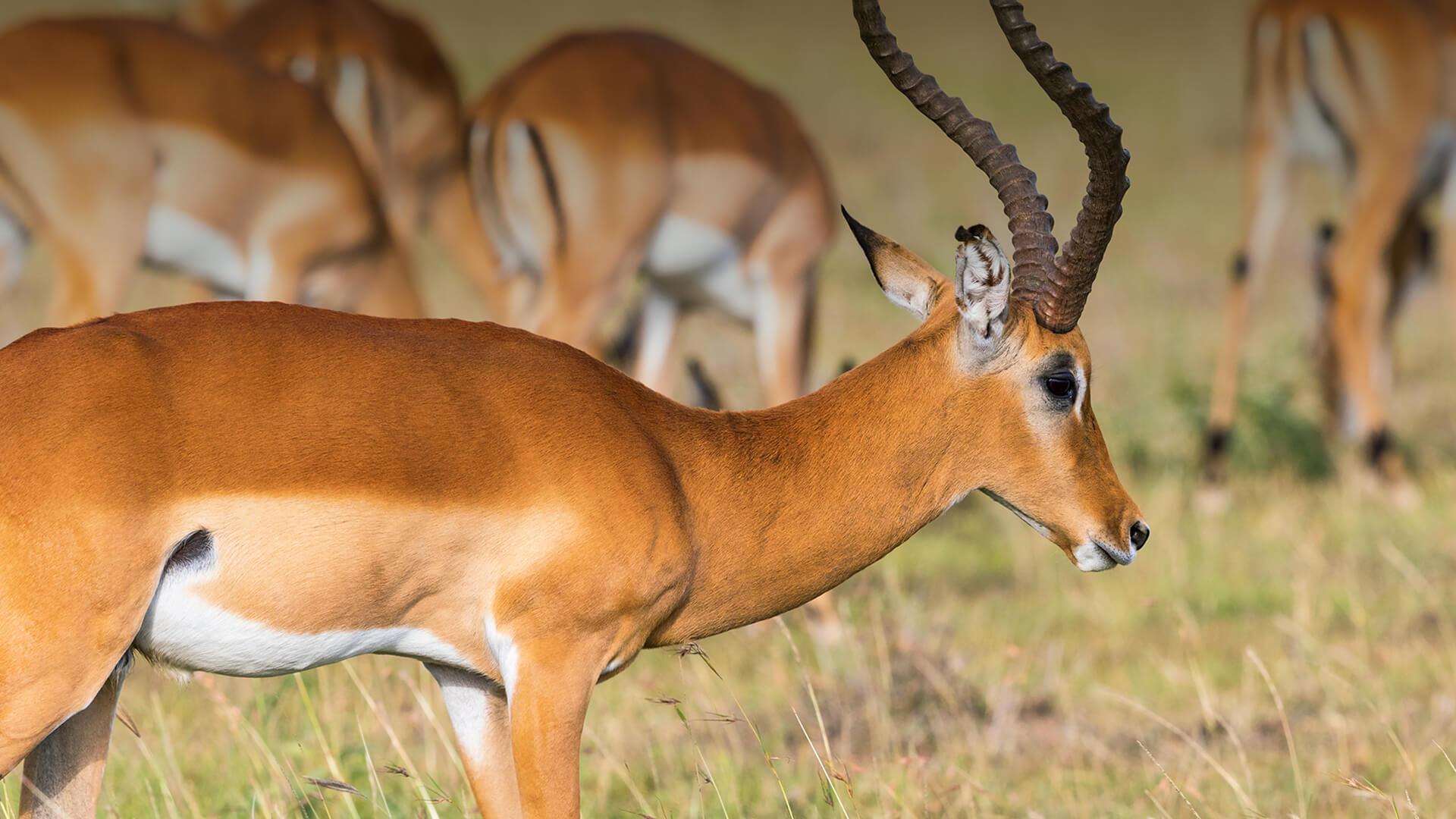
Antelopes are fast and sensitive herbivores known for their keen senses and long, slender legs, which help them escape from predators.
-
Region of Habitat: Grasslands, savannas, and forests of Africa and Asia
-
Scientific Name: Bovidae (family)
-
Feeding Habits: Herbivorous, grazing on grass and shrubs
-
What Sound They Make: Snorts and bleats
Fun Facts
Some antelope species can run up to 60 mph, making them some of the fastest land animals. They have excellent vision, detecting movement from great distances.
8. Ape

Apes are intelligent primates with complex social structures and tool-using abilities, closely related to humans.
-
Region of Habitat: Africa and Southeast Asia
-
Scientific Name: Hominoidea (superfamily)
-
Feeding Habits: Omnivorous, eating fruits, leaves, and insects
-
What Sound They Make: Screeches, hoots, and grunts
Fun Facts
Apes have been observed using tools like sticks to extract termites and leaves to collect water. Gorillas and chimpanzees can recognize themselves in mirrors.
9. Arctic Fox
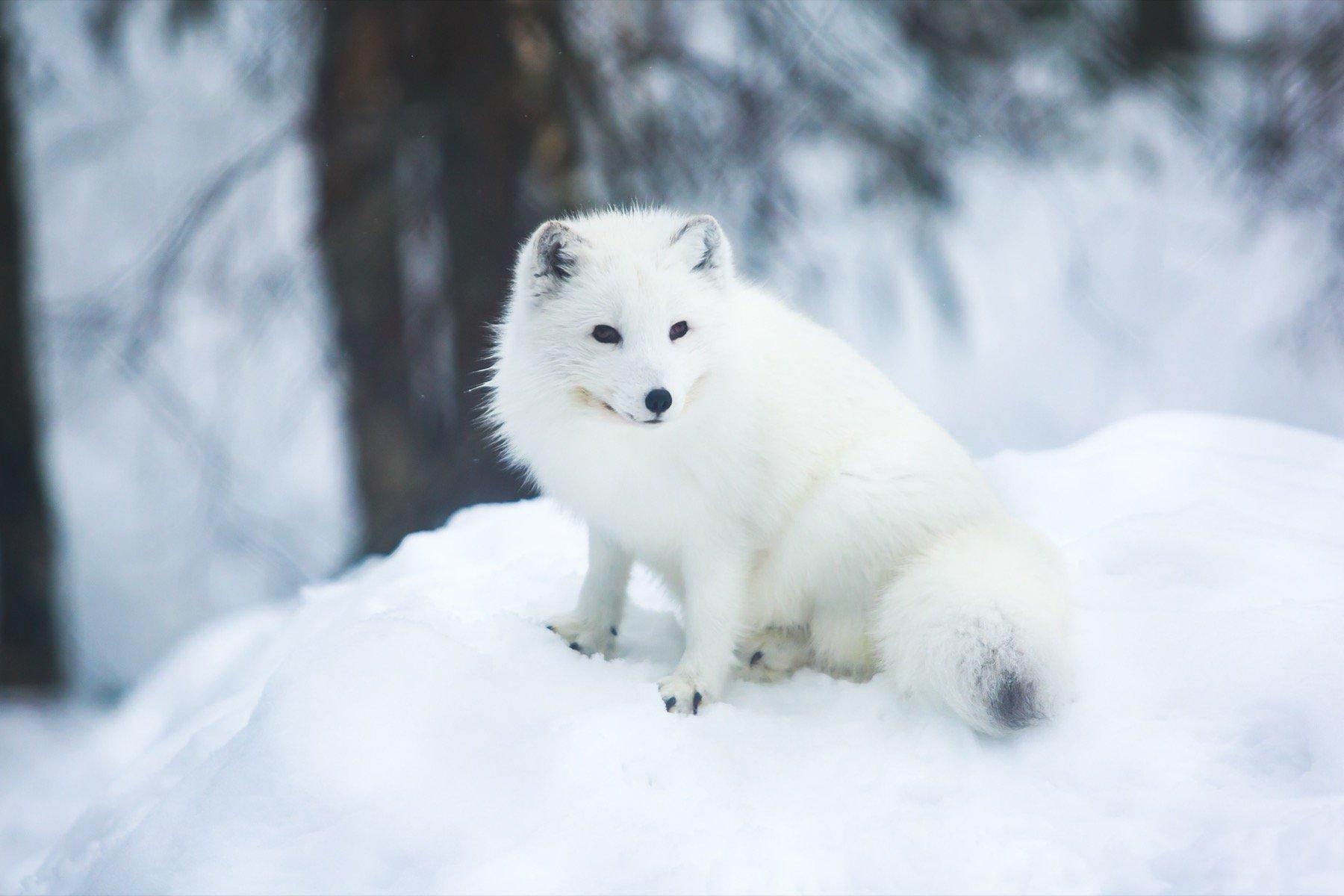
The Arctic fox is a small, hardy predator adapted to freezing temperatures with a thick fur coat that changes color seasonally.
-
Region of Habitat: Arctic tundra in North America, Europe, and Asia
-
Scientific Name: Vulpes lagopus
-
Feeding Habits: Omnivorous, eating rodents, birds, and carrion
-
What Sound They Make: Barks and high-pitched yelps
Fun Facts
Their fur changes from white in winter to brown or gray in summer for camouflage. They can withstand temperatures as low as -58°F.
10. Arctic Wolf
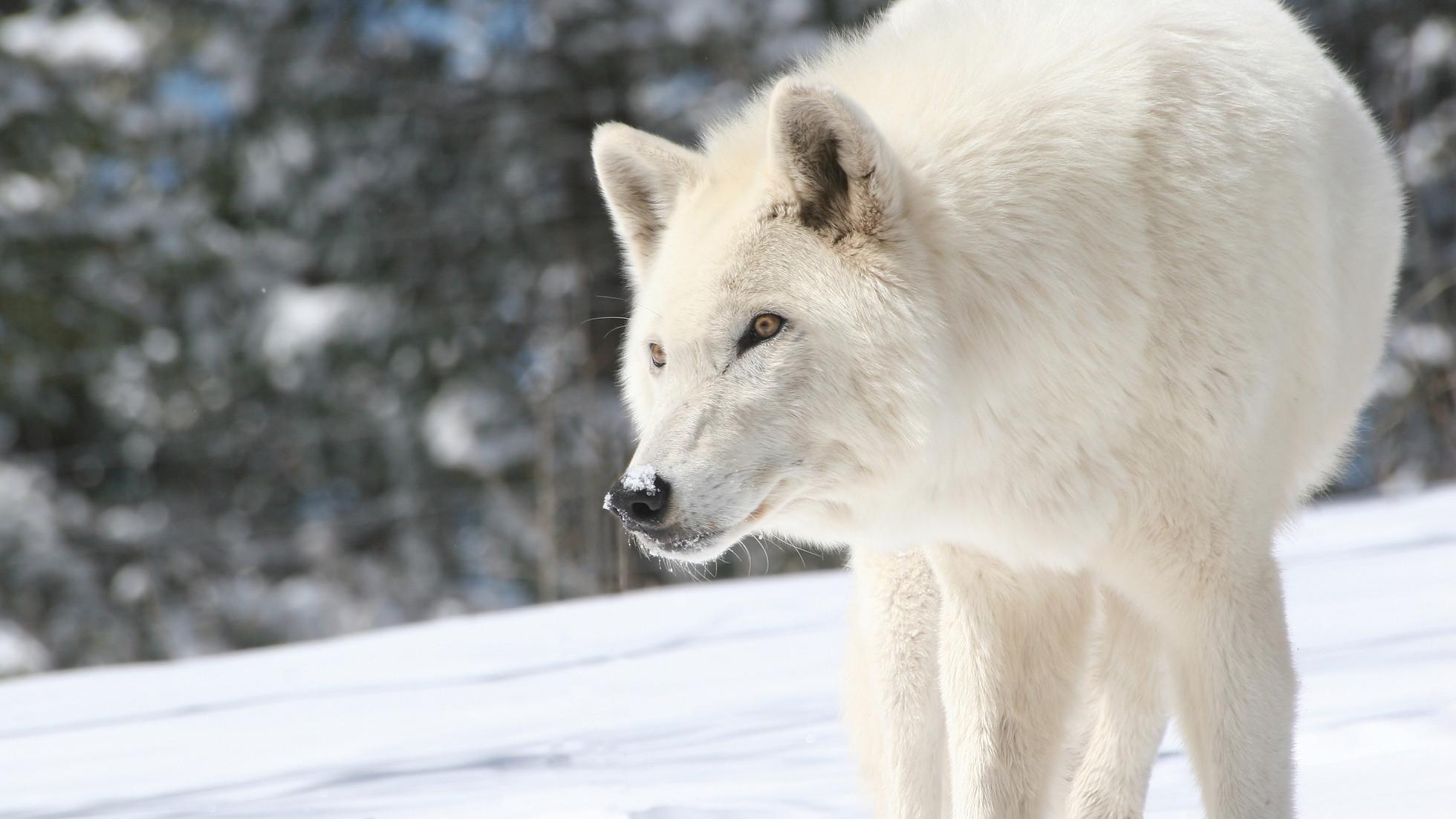
Arctic wolves are a subspecies of the gray wolf, well-adapted to extreme cold with thick white fur and smaller ears to minimize heat loss.
-
Region of Habitat: Arctic tundra of North America and Greenland
-
Scientific Name: Canis lupus arctos
-
Feeding Habits: Carnivorous, hunting musk oxen and Arctic hares
-
What Sound They Make: Howls, barks, and growls
Fun Facts
Arctic wolves rarely encounter humans due to their remote habitat. Unlike other wolves, they can survive for weeks without food.
11. Armadillo
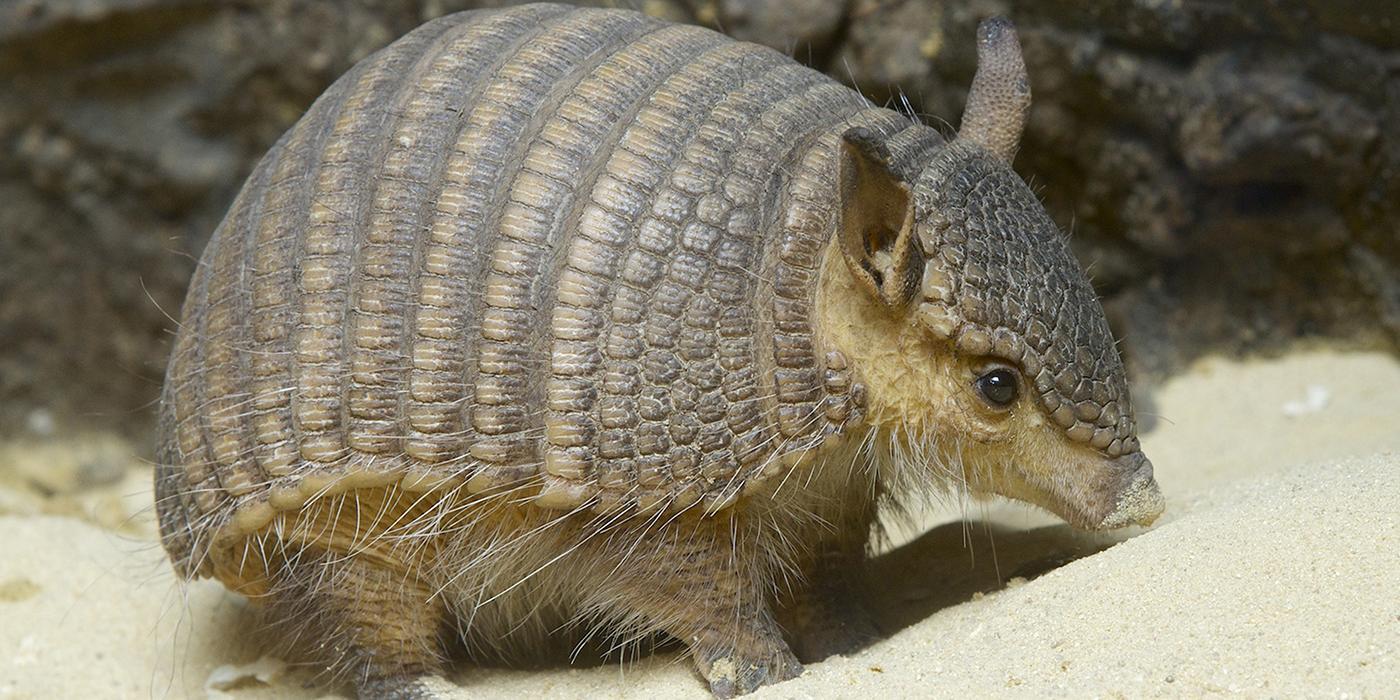
Armadillos are small, armor-plated mammals known for their ability to curl into a ball for protection.
-
Region of Habitat: North and South America
-
Scientific Name: Dasypodidae (family)
-
Feeding Habits: Omnivorous, eating insects, small vertebrates, and plants
-
What Sound They Make: Snuffling and huffing noises
Fun Facts
Nine-banded armadillos can hold their breath for up to six minutes and walk underwater. Their armor is made of bony plates covered in tough skin.
12. Asian Elephant
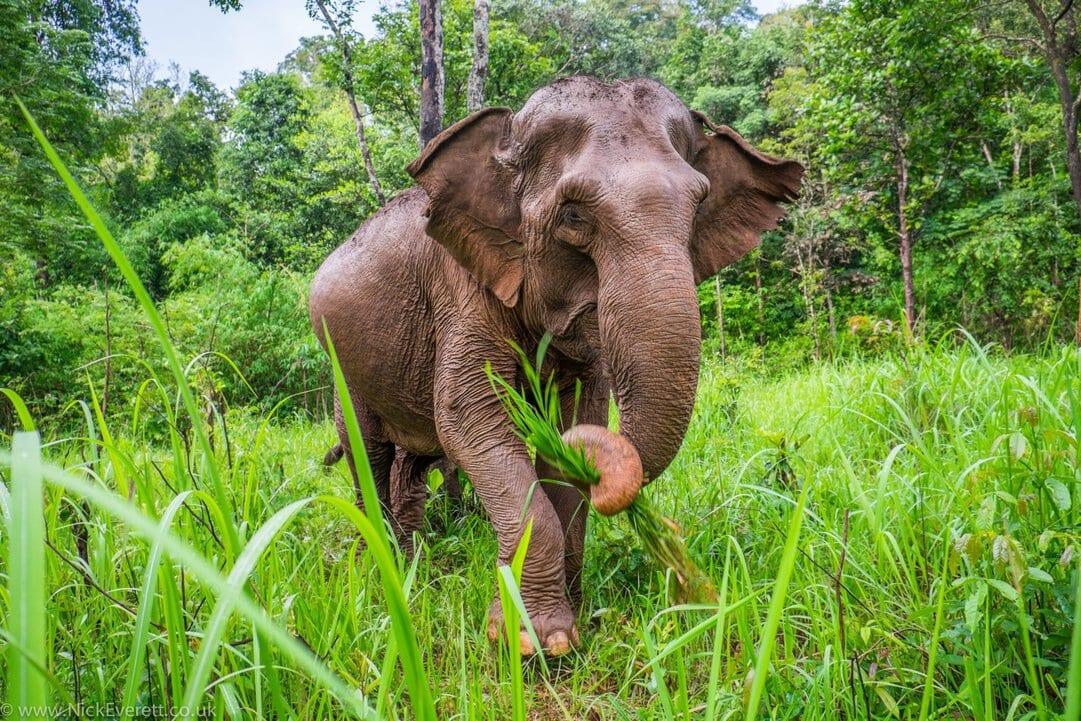
Smaller than their African relatives, Asian elephants have domed heads and shorter tusks, making them important cultural and religious symbols.
-
Region of Habitat: South and Southeast Asia
-
Scientific Name: Elephas maximus
-
Feeding Habits: Herbivorous, feeding on grass, bark, and fruits
-
What Sound They Make: Trumpeting, rumbles, and growls
Fun Facts
Asian elephants use their trunks to grasp objects and spray water. They have strong social bonds and communicate using body language and low-frequency sounds.
13. American Bison
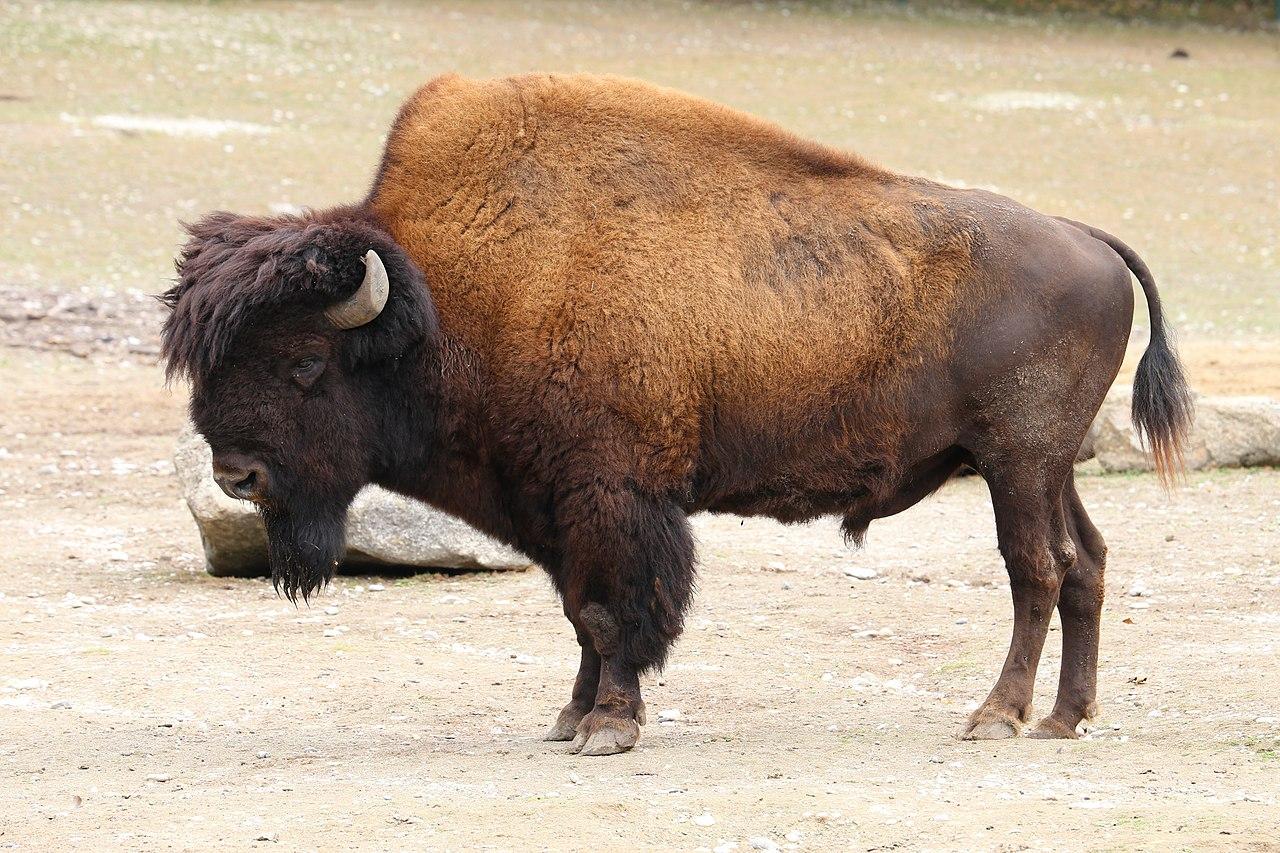
Bison are massive herbivores with shaggy coats and powerful builds, once roaming North America in vast herds.
-
Region of Habitat: North American plains and grasslands
-
Scientific Name: Bison bison
-
Feeding Habits: Herbivorous, grazing on grass and shrubs
-
What Sound They Make: Deep grunts and snorts
Fun Facts
Bison were nearly extinct in the 1800s but have made a comeback through conservation. They can reach speeds of up to 35 mph.
14. Amur Tiger
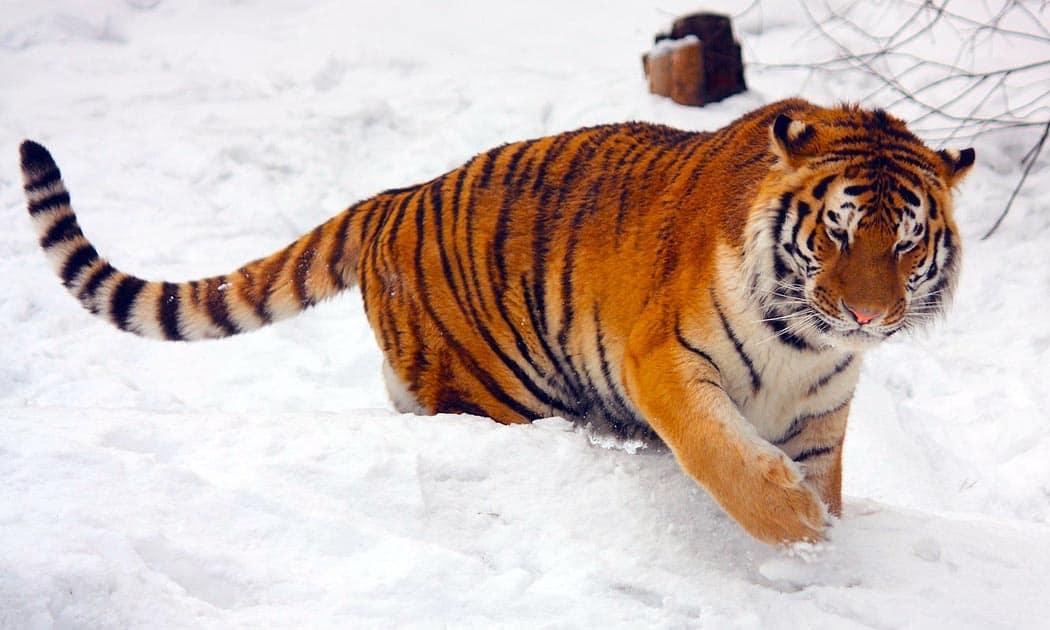
The largest of all big cats, Amur tigers are powerful solitary hunters that thrive in cold environments.
-
Region of Habitat: Russian Far East and China
-
Scientific Name: Panthera tigris altaica
-
Feeding Habits: Carnivorous, preying on deer and wild boar
-
What Sound They Make: Roars, growls, and chuffs
Fun Facts
Amur tigers have thick fur and extra fat to survive harsh winters. Their stripes are as unique as human fingerprints.
15. Andean Bear (Spectacled Bear)
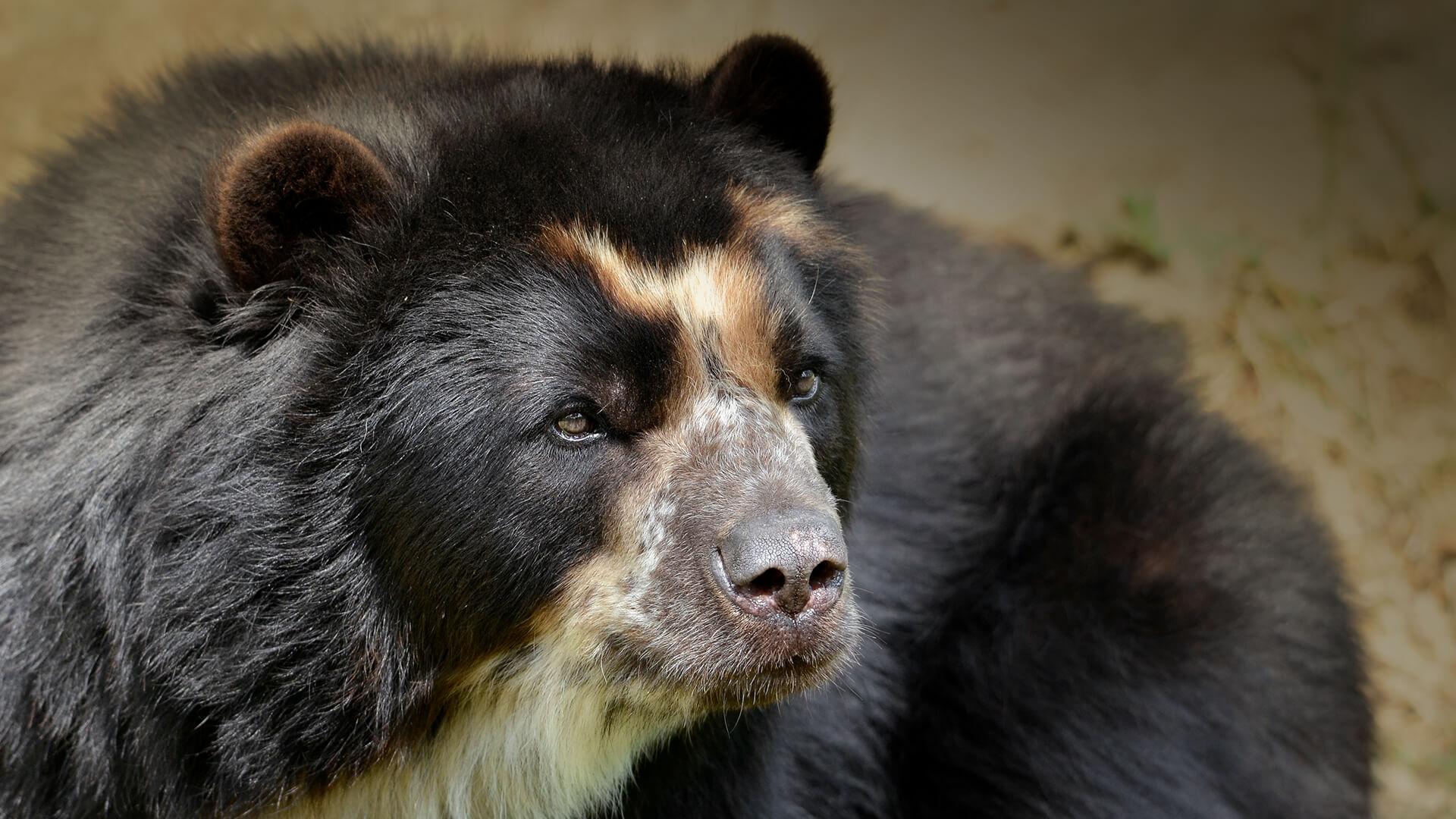
The Andean bear, also known as the spectacled bear due to the white markings around its eyes, is the only bear species native to South America. It is an excellent climber and spends much of its time in trees.
-
Region of Habitat: Andes Mountains in South America
-
Scientific Name: Tremarctos ornatus
-
Feeding Habits: Omnivorous, eating fruits, leaves, insects, and small animals
-
What Sound They Make: Grunts, moans, and chirps
Fun Facts
Andean bears build tree platforms to rest and store food. Unlike other bears, they rarely hibernate due to the mild climate of their habitat.
Some More Mammals that Start with The Letter “A”
16. Abyssinian
17. Addax
18. Affenpinscher
19. Afghan Hound
20. African Civet
21. African Forest Elephant
22. African Golden Cat
23. African Palm Civet
24. African Wild Dog
25. Agouti
26. Aidi
27. Ainu
28. Airedale Terrier
29. Airedoodle
30. Akbash
31. Akita
32. Akita Shepherd
33. Alabai (Central Asian Shepherd)
34. Alaskan Husky
35. Alaskan Klee Kai
36. Alaskan Malamute
37. Alaskan Shepherd
38. Alpine Dachsbracke
39. Alpine Goat
40. Alusky
41. Amazon River Dolphin (Pink Dolphin)
42. American Alsatian
43. American Bulldog
44. American Cocker Spaniel
45. American Coonhound
46. American Eskimo Dog
47. American Foxhound
48. American Hairless Terrier
49. American Leopard Hound
50. American Pit Bull Terrier
51. American Pygmy Goat
52. American Staffordshire Terrier
53. American Water Spaniel
54. Amur Leopard
55. Anatolian Shepherd Dog
56. Angora Ferret
57. Angora Goat
58. Appenzeller Dog
59. Apple Head Chihuahua
60. Arctic Hare
61. Asian Palm Civet
62. Asiatic Black Bear
63. Aurochs
64. Aussiedoodle
65. Aussiedor
66. Australian Bulldog
67. Australian Cattle Dog
68. Australian Kelpie Dog
69. Australian Labradoodle
70. Australian Mist
71. Australian Retriever
72. Australian Shepherd
73. Australian Terrier
74. Aye-aye
75. Abbott’s Duiker
76. Aberdare Mole Shrew
77. Acacia Rat
78. Adamawa Musk Shrew
79. Admiralty Flying Fox
80. Afghan Hedgehog
81. African Buffalo
82. African Climbing Mouse
83. African Elephant
84. African Hedgehog
85. African Pygmy Mouse
86. African Striped Weasel
87. Agile Antechinus
88. Agile Wallaby
89. Aguara Guazú (Maned Wolf)
90. Ainu Mole
91. Alaotra Bamboo Lemur
92. Alaskan Hare
93. Alaskan Marmot
94. Alaskan Moose
95. Algerian Hedgehog
96. Alpine Chamois
97. Alpine Ibex
98. Alpine Shrew
99. Alpine Weasel
100. Altai Wapiti
101. Amazonian Brown Brocket
102. Amazonian Manatee
103. American Badger
104. American Beaver
105. American Black Bear
106. American Marten
107. American Mink
108. American Pika
109. American Red Fox
110. American Red Squirrel
111. American Water Shrew
112. Amur Hedgehog
113. Andean Cat
114. Andean Deer
115. Andean Hairy Armadillo
116. Andean White-eared Opossum
117. Angolan Colobus
118. Angolan Free-tailed Bat
119. Angolan Kusimanse
120. Anoa
121. Antelope Jackrabbit
122. Antarctic Fur Seal
123. Antarctic Minke Whale
124. Antelope Squirrel
125. Apennine Chamois
126. Appalachian Cottontail
127. Arabian Gazelle
128. Arabian Horse
129. Arabian Leopard
130. Arabian Oryx
131. Arabian Sand Cat
132. Arabian Tahr
133. Arctic Shrew
134. Argentine Grey Fox
135. Argentine Hairy Armadillo
136. Arizona Gray Squirrel
137. Arizona Pocket Mouse
138. Asian Badger
139. Asian Black Bear
140. Asian Golden Cat
141. Asian House Shrew
142. Asiatic Cheetah
143. Asiatic Lion
144. Asiatic Wild Ass (Onager)
145. Asiatic Wild Dog (Dhole)
146. Atlantic Humpback Dolphin
147. Atlantic Spotted Dolphin
148. Atlantic White-sided Dolphin
149. Atlas Bear (Extinct)
150. Australian Fur Seal
151. Australian Swamp Rat
152. Australian Water Rat
153. Austrian Pine Vole
Final Notes
The world of mammals that start with A reveals an incredible diversity of animal life. From the smallest antelope to the most agile armadillo, these creatures tell unique stories of survival and adaptation.
Mammals prove that nature is full of surprises, always finding clever ways to thrive in different environments.
Wildlife represents many untold stories, showing how incredible animals have developed special skills to survive. Each mammal carries a remarkable tale of resilience and innovation.
These creatures represent tiny miracles of nature, a testament to life’s powerful ability to adapt and overcome challenges in unexpected ways.
If you’re interested in more informative animal and wildlife content, feel free to click here and check out other blogs that you might enjoy!

